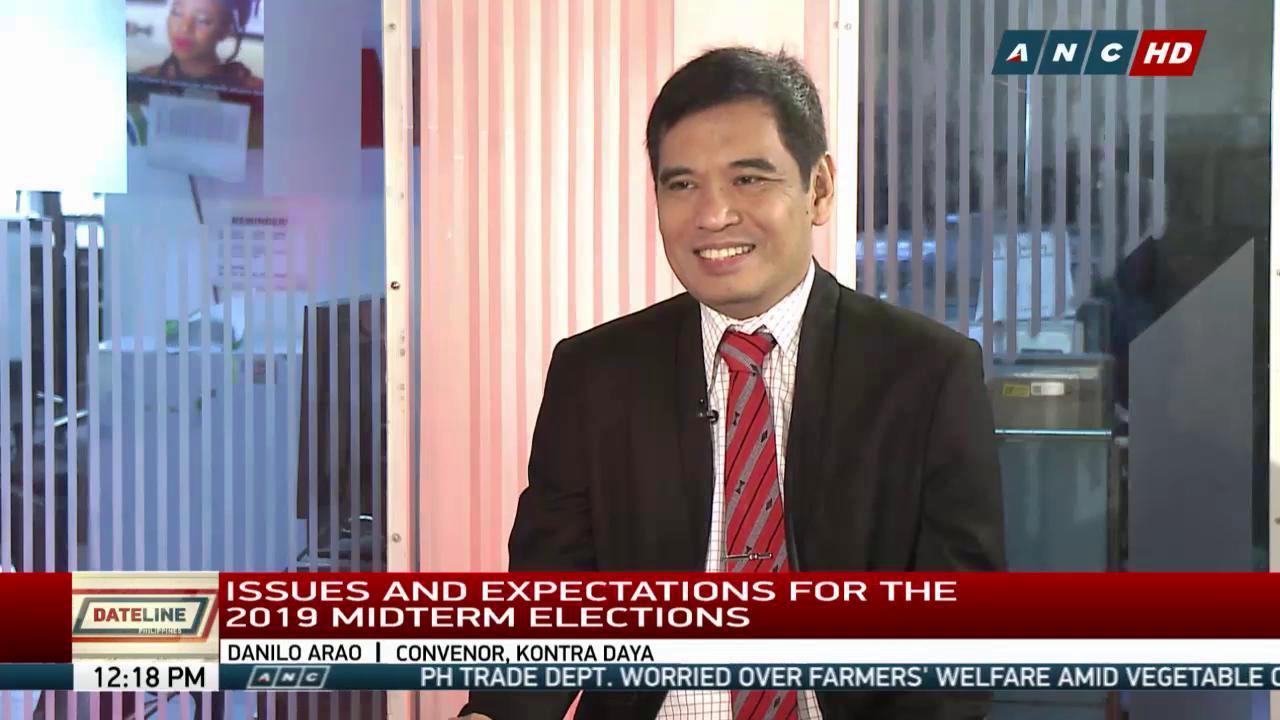The Editor’s Eye: What Makes Research Stand Out for Media Asia
We interviewed Nadzira Zafina, Event and Media Specialist and author, and Editor Professor Danilo Araña, to get their insights on Taylor Swift’s “Swiftie” phenomenon
In this interview, we speak with Professor Danilo Araña Arao, Editor of Media Asia, who published Nadzira Zafina’s article Celebrity-fan relationship: studying Taylor Swift and Indonesian Swifties’ parasocial relationships on social media.
We find out more about Prof. Arao’s decision-making process and what exactly drew him to Nadzira’s research for it to make a permanent home in Media Asia. We also discover the topics he would love to see more submissions of and details on his day-to-day role.
Can you introduce yourself, give us a brief description about who you are, and where you are based in the world.
I am a journalist and an educator from the Philippines. In my late teens, I became a campus journalist as I studied Journalism in college. Upon reaching my early twenties and thankfully graduating cum laude, I started working for various non-government organisations and the alternative media (also called independent media) while teaching part-time at the college level and pursuing graduate studies at the same time. From my thirties up to the present, I became a full-time member of the faculty while still practicing journalism and pursuing various advocacies like clean elections. Since then, I have handled courses in journalism, communication, media and political science in five universities in the Philippines, South Korea and Germany.
What led you to become the Editor of Media Asia journal, and could you briefly share what your day-to-day role entails?
In 2019 during a break at its annual conference in Thailand, the Asian Media Information and Communication Centre (AMIC) asked me to serve as Editor of Media Asia. I said yes for two main reasons – it was an opportunity to help develop the journal with a rich tradition dating back to 1974 and it was my first time to be the head of a peer reviewed journal, and an international one at that. Prior to Media Asia, my experience with academic journal management was just confined to serving as Managing Editor, Associate Editor and Issue Editor of three refereed journals.
Just like Editors-in-Chief of other journals, my role as Editor includes evaluating all manuscript submissions; desk-rejecting those not deemed good enough for editorial and peer reviews; assigning to an Associate Editor those with potential; checking with authors, reviewers and Associate Editors the status of certain tasks related to editorial and peer reviews; approving all final editorial decisions to accept, reject or withdraw manuscripts; approving all page proofs for accepted articles; conceptualizing and finalizing all issue themes and line-ups; supervising and coordinating with the journal’s production team for the timely production of the journal’s four issues every year; and ensuring the journal’s reputation by getting indexed and by maintaining a respectable turnaround time.
When I started in 2020, my work was not so demanding given that there were fewer submissions. However, it became more demanding in the succeeding years as submissions increased. Given that there is now more than a 400% increase in new manuscript submissions, a few days of not handling manuscripts would already result in a humongous backlog. I have no complaints though. Working for Media Asia may be tiring but it is fulfilling, especially now that it is a Q2 journal with a 12% acceptance rate, a respectable turnaround time and all issues published ahead of schedule.


Is there a particular topic or area of study that you look forward to seeing more submissions of?
For refereed articles, we welcome submissions that fill research gaps on the Asian media systems. For example, there are studies on artificial intelligence (AI) but there is not much empirical data on the impact of AI on media practice in Asia (or even just certain parts of Asia). As regards specific parts of Asia, there should be more submissions from scholars based in Afghanistan, Myanmar/Burma and Palestine as the whole world is interested to know the media angle in their respective countries.
As for non-refereed commentaries and reviews, we hope to evaluate timely analyses on pressing issues on the media in Asia, as well as relevant reviews on media-related books, films, TV series and other outputs.
What was it about Nadzira’s article that appealed to you most? What made it a good fit for the journal?
Nadzira Zafina and Annapurna Sinha critically analysed celebrity-fan relationship based on how selected fans comport themselves on social media. This contributes to the existing body of knowledge on Media Studies, particularly Celebrity Studies. It is interesting how a non-Asian celebrity like Taylor Swift is received by her Indonesian fans. As of this writing, this is the second most read article for the past 12 months (with the most read being a study on the coverage of the Russia-Ukraine war). For a limited time, we decided to make Zafina and Sinha’s study publicly available so that a broader audience can appreciate not just their excellent work but also Celebrity Studies in general.
How has fan culture influenced and shaped content on platforms like social media today?
Fan culture has evolved from mere “fan clubs” to more global “fandoms.” In fact, fans tend to use more specific, endearing names depending on the celebrity they idolize (e.g., Swifties in the case of Taylor Swift). Because of the Internet and social media, they communicate better, transcending geographical and cultural differences not just in helping celebrities gain recognition but also in pushing for certain initiatives to help the people and the environment. Incidentally, Media Asia has published articles analysing the fandoms’ activism.
What advice would you give to early career researchers who are just starting out in this field?
Citation is good but relevance is best. Your topic should be determined not by the needs of the funding agency but of the people who should benefit from your work. Write in a manner that is understood by a broader audience. Use your own language if necessary. Use English or other languages only if you need to talk to other nationalities. Focus on quality, not quantity. Do not join the unending race for the highest h-index and highest number of refereed articles. Conduct research not to further your career but to further the cause for social change.

Want to hear from the researcher herself?
We interviewed Nadzira Zafina, an Event and Media Specialist and author of Celebrity-fan relationship, to find out more about her article. Her work dives in on the global parasocial relationship between Taylor Swift and her fans.
About the Journal
Published since 1974, Media Asia is a peer reviewed journal that focuses on practices in journalism, advertising, public relations, entertainment and other aspects of media in Asia. It publishes relevant media-related studies in Asia like freedom, ethics, working conditions, ownership, campus press, community press, corporate media, alternative media, literacy, language and culture of impunity. Studies may be community-based, country-based or comparative. All submitted manuscripts are double anonymized reviewed. Media Asia also accepts non-refereed commentaries and reviews of books, films and other media.